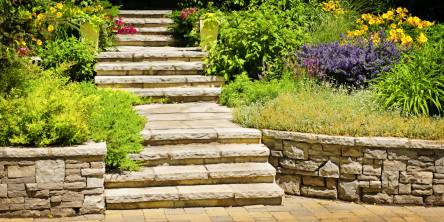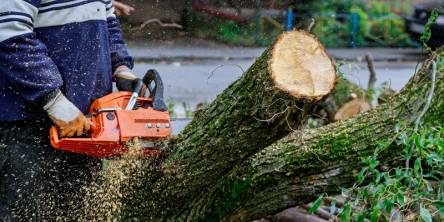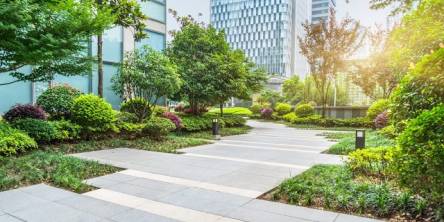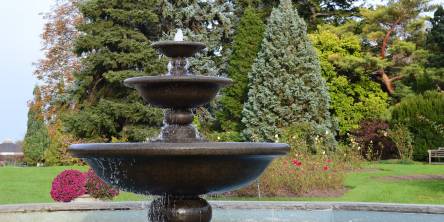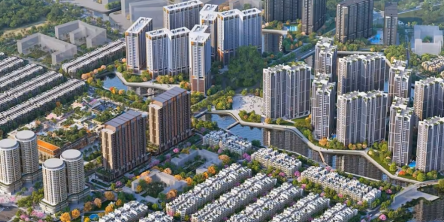Top Tips for Developing a Functional and Aesthetic Landscape Plan
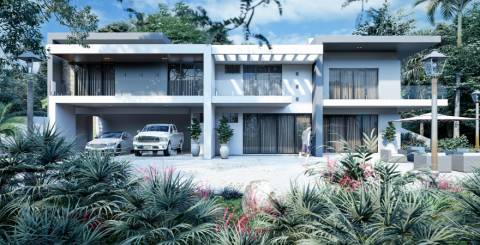
An excellent landscape design will maximize your outdoor space to a working and beautiful space that complements your life. Be it in the serenity of the garden, party central, or activities with the kids, the important thing is to strike a balance in your landscape plan between usage and aesthetics. This article will be indispensable to give you some tips on how to go about making a landscape that expresses your personality and suits your needs.
Assessing Your Needs and Preferences
Evaluate Your Space
The first step in making a good plan for your landscape is to check out your outdoor space. Notice the size and shape of your yard, and take note of any features, such as trees fences, or buildings. Look at how much sunlight it gets, the type of soil, and how water drains. These are things that will impact your design decisions and help you select plants and materials best for you.
Identify Your Goals
Then determine what you want to get out of the landscape. Do you want a place for outdoor fun, a tranquil garden, or a play area for kids? Determining goals will help decide the design features and most importantly, functionalities. Think about using your space and exactly what is most important to you.
Gather Inspiration
Collecting ideas and inspiration is crucial for developing a landscape plan that aligns with your vision. Browse through magazines, online resources, and professional portfolios to gather ideas that resonate with you. Consider creating a mood board or a digital folder that includes images of features, styles, and color schemes you like. This will help you communicate your vision and guide your design process. For a clearer idea of what your plan will look like, refer to a visual representation of landscape plans, which can provide a detailed view of potential designs.
Designing for Functionality
Plan Functional Zones
It means dividing your space into several different zones for what you want to do in that zone. You can have a dining area, sitting space, and probably garden beds. The pathways and circulation must be well thought out so that movement between these two zones can easily be done. Good zoning will enable you to make full use of the space and satisfy all functional requirements.
Incorporate Practical Elements
Incorporating practical elements into your landscape plan will enhance its functionality. Consider adding storage solutions for garden tools and supplies, lighting for evening use, and irrigation systems to keep plants healthy. Think about seating arrangements, shading options, and shelter for all-season usability. These features will not only make your space more enjoyable but also more functional and convenient.
Select Durable Materials
Choosing the right materials is crucial for ensuring that your landscape can withstand local weather conditions and require minimal maintenance. Opt for durable materials for high-traffic areas and those exposed to the elements. For example, select weather-resistant outdoor furniture, paving materials that can handle heavy foot traffic, and plants that thrive in your climate.
Enhancing Aesthetics
Choose a Cohesive Design Theme
A cohesive design theme will help tie together the different elements of your landscape. Choose a theme that complements your home’s architecture and reflects your style. Whether you prefer a modern, rustic, or tropical look, maintaining consistency in design elements will create a harmonious and visually appealing outdoor space.
Use Color and Texture
Incorporating a variety of colors and textures can significantly enhance the aesthetic appeal of your landscape. Choose plants and materials that provide visual interest through contrasting colors and textures. For example, combine lush green foliage with vibrant flowers or mix smooth stones with rough-hewn wood. This variety will create depth and intrigue in your design.
Incorporate Focal Points
Designating focal points within your landscape plan can help draw attention and create visual interest. Consider adding features such as water fountains, sculptures, or distinctive garden beds. Arrange these elements in a way that guides the eye and creates a balanced composition. Focal points will make your landscape more engaging and memorable.
Add Seasonal Interest
To ensure your landscape remains appealing throughout the year, plan for seasonal changes. Incorporate plants and features that provide interest in different seasons, such as blooming flowers in spring, colorful foliage in fall, and evergreens for winter. This approach will keep your outdoor space looking vibrant and attractive year-round.
Implementing and Maintaining Your Plan
Start with a Master Plan
A master plan is a detailed representation of your landscape design that includes all elements and their placement. Creating a comprehensive master plan will help you visualize the final result and guide the implementation process. Consider working with a professional landscaper to refine and execute the plan, ensuring that every detail is considered.
Phased Implementation
To manage your budget and timeline, break down the project into manageable phases. Prioritize essential elements first, such as hardscaping and major features, and gradually add additional components. This phased approach will allow you to complete the project incrementally while staying within your budget.
Regular Maintenance
Ongoing maintenance is key to keeping your landscape looking its best. Develop a maintenance schedule that includes tasks such as pruning, fertilizing, and seasonal clean-up. Regular upkeep will help preserve the beauty and functionality of your landscape and prevent potential issues from arising.
Conclusion
Creating a landscape plan that balances functionality and aesthetics involves careful planning and consideration. By assessing your space, identifying your goals, and incorporating practical and aesthetic elements, you can design an outdoor area that enhances your home and meets your needs. Start planning today and take the first steps toward transforming your outdoor space into a beautiful and functional haven.
Similar Articles
Embarking on a landscaping project is an exciting journey, whether you’re revamping your front yard, designing a tranquil retreat, or creating an outdoor entertainment space. However, one crucial decision often presents itself early on: should you take the DIY route or enlist the expertise of a professional landscaper?
Have you ever looked at a tree in your yard and thought, 'Maybe it's time for that to go?' Perhaps it's causing more mess than it's worth, getting too big for its boots, or simply not fitting your vision for your outdoor space.
In today’s world, sustainability is no longer just a trend it's a necessity. As travelers become more eco-conscious, businesses in the tourism and leisure industries, especially resorts and parks, are adopting greener practices to stay relevant and competitive.
Enhance your outdoor space with expert landscaping. Create a beautiful, functional retreat with the right plants, hardscaping, lighting, and design principles.
Discover the unseen value of outdoor benches in enhancing public spaces, fostering community, boosting economy, and promoting sustainability with smart design.
In order to turn outside areas into stunning, practical, and sustainable settings, professional landscaping businesses are essential. Their knowledge extends beyond aesthetics; they can handle anything from hardscape building to plant health.
Discover VersiScape: a groundbreaking solution revolutionizing urban landscaping with green walls, roofs, stormwater management, and sustainable design.
Discover why quality landscaping supplies are essential for a stunning yard. Learn how the right tools, soil, and materials can transform your garden.
In recent years, there has been a movement among architects to create more sustainable and livable cities. This has led to a new approach to global city planning that focuses on creating spaces that are pedestrian-friendly, environmentally friendly, and that encourage social interaction.

